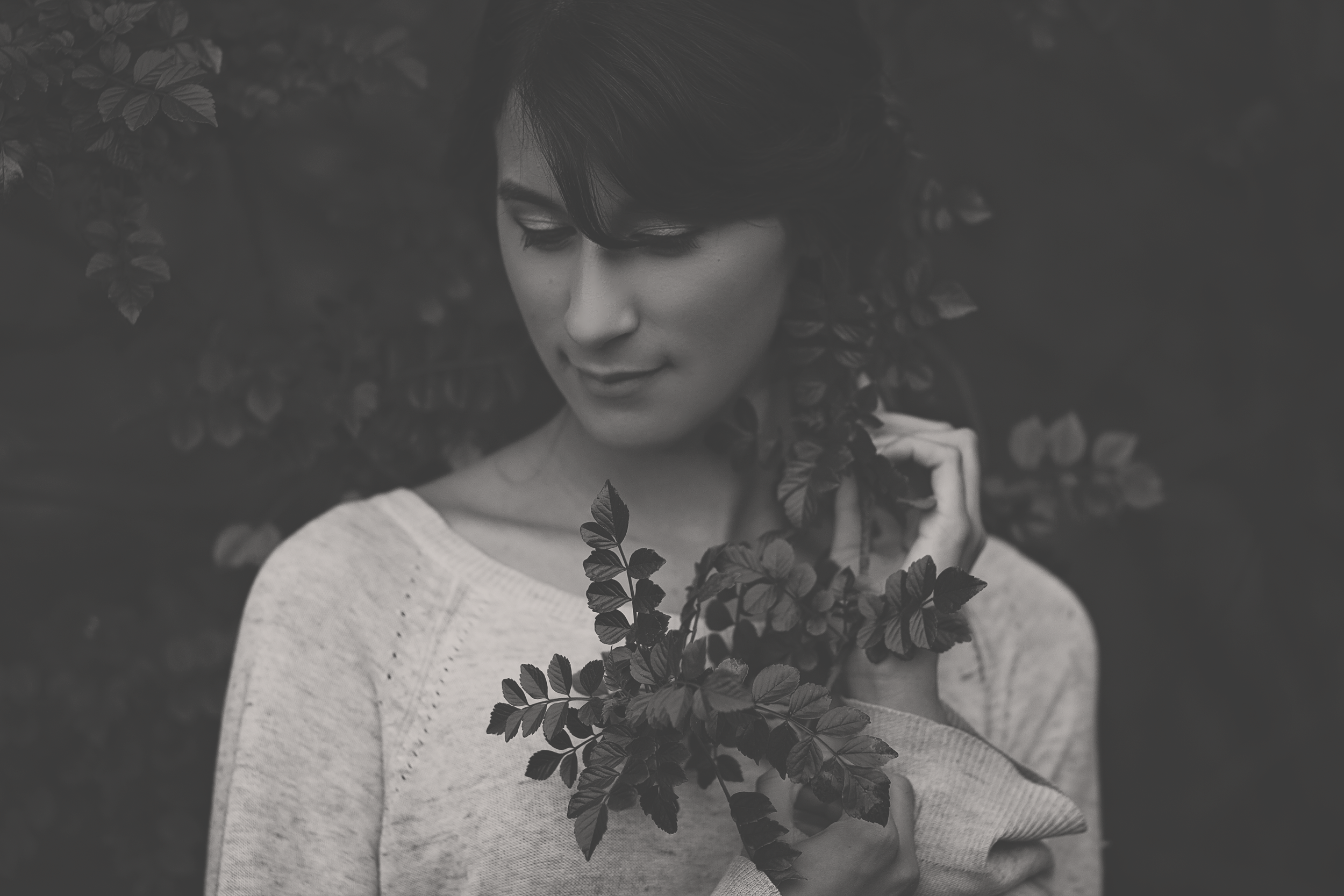Meet the Artist
Hello! My name is Julia Ramirez. I am a 22 year old photographer & graphic designer, working hard to prove that you can do anything you set your mind to, so long as you strive to be as excellent at what you love as you can. Glass & Ink Studios is the merger of my passion for photography & graphic design under one name – essentially a flexible personal brand and freelance studio.
I earned a BFA in Graphic Design from Chapman University, as well as a double minor in Advertising & Entrepreneurship. During my time at Chapman, I served as the Chapman NSAC [National Student Advertising Competition] team’s Creative Director, the youngest student ever to have received the honor, for three years, an experience that has shaped my goals and my path in life. Now post-graduation, I plan on pursuing a masters in business in addition to my career in design.
On the other side of the coin, I have been shooting fashion photography for many years now, with notable shoots including a fashion photography workshop in Ireland taught by Emily Soto. I have worked with a variety of professional modeling agencies, as well as professional clothing designers, such as Truvelle Bridal, Chantal Mallett, and Michelle Hebert. I was published three times before the age of 20.
California born and raised.
My design philosophy.
Design and the process of creating design are things that have always felt very natural to me- a tangible concept and easy to wrap my mind around (versus algebra, for example). While I think that this is similarly easy to grasp for all designers, it’s how we visualize and approach the concept and the process that differentiates one designer from another. If you tried to picture the concept of design in your mind, for some creatives that picture would be something that’s very amorphous, undefined, and theoretical. However, for me it’s always been linear, a step by step process very rooted in instinctual methodology. I believe that the reason why design should take this shape so naturally is because the foundation of every design should come from culture, from visual elements that appeal to us as humans universally. Each brand may have different colors, fonts, goals and targets, but the rules of design- be that semiotics, hierarchy etc. -never change. Elements of design that appeal to one specific target audience can be found through research and once found, those elements are difficult to dispute.
As I travel down the line I break concepts down from goals and research and distill that information into the solution. Much inspiration and direction comes right at the beginning while reading a client brief. As I learn about a client's background and what he desires, concepts often become very clear and the right solution can even appear at this stage. I’m simply going from point A, where a client is now, to point B, whatever goal they’re trying to achieve through design. Some designers groan when they think about research. It’s true, it can be laborious, but this step on the line is so critical to finding and confirming the elements that unite the aesthetic preferences of a target audience. This is where I have the opportunity to explore and discover human culture and preferences relating to the job which I then build into my work. By doing so I can create defensible pieces full of meaning that have solid reasoning behind them. After that, the final design comes easily.
One can almost liken it to building a house, a process that is also very linear. A house cannot stand without a solid foundation and load bearing beams, nor can a design. The rules of design are the foundation and the cultural elements appropriate for the target audience are the beams. The rest of the design is cosmetic, built around those crucial parts and variable depending on the project. This is the process of creating a spot-on, cohesive design for whatever project presents itself. I feel that without the proper research, careful attention to the client’s needs and desire, the framework of a presentable design would not come to fruition. On the contrary, by applying the above principles as well as a healthy dose of creativity and skill, a project worth presenting to the satisfaction of the client and the designer is often achievable.




